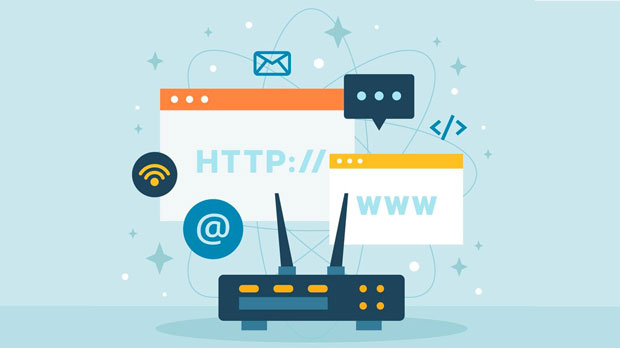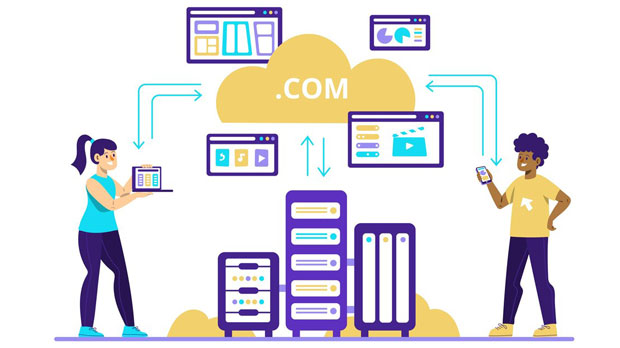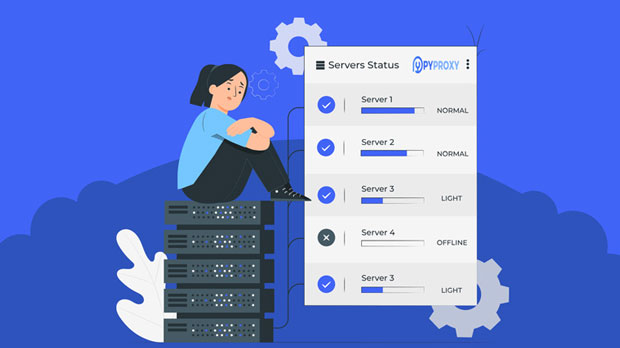The use of proxies, especially HTTP proxies, to access online platforms has become increasingly common. When accessing websites through proxies, users often wonder whether their personal information, including sensitive data, is at risk of exposure. Specifically, when using an HTTP proxy to access platforms such as Tamilyogi, which provide content in various formats, concerns about privacy leakage are valid. HTTP proxies can provide anonymity, but they also come with certain risks, depending on the provider and the type of proxy used. Understanding HTTP ProxiesAn HTTP proxy serves as an intermediary between a user's device and the internet. When you use an HTTP proxy, your device connects to the proxy server first, which then sends the request to the destination website. The response from the website is sent to the proxy server, which then forwards it to your device. This process helps to mask your IP address and can make you appear as if you are browsing from a different location. However, while this can offer some level of anonymity, it is important to understand that the type of proxy you use plays a significant role in determining the level of privacy it offers.How HTTP Proxies WorkWhen you use an HTTP proxy, your request to access a site is routed through the proxy server, which relays your request to the target site. The target site then sends the response back to the proxy server, which in turn sends it to you. This method allows you to bypass geographical restrictions and access content anonymously. However, the proxy server still handles all your traffic and can see the websites you are visiting, potentially logging this information. This introduces privacy risks, especially if the proxy provider does not take necessary security measures.Potential Risks of Using HTTP Proxies for Privacy1. Data Logging and Tracking One of the biggest risks of using HTTP proxies is the possibility that the proxy provider may log your browsing activity. Some proxies may store data like the websites you visit, your IP address, and even other sensitive information, depending on how they operate. If the provider is not trustworthy, this information could be accessed by third parties, exposing your browsing habits and potentially compromising your privacy.2. Man-in-the-Middle Attacks Since HTTP proxies route your traffic through their own servers, they can theoretically intercept and alter the data exchanged between your device and the target website. This creates a vulnerability for man-in-the-middle (MITM) attacks, where malicious actors can intercept sensitive information, such as login credentials or personal details. If the proxy server is compromised or not properly secured, your privacy is at risk.3. Unencrypted Traffic HTTP proxies do not encrypt traffic, which means that any data exchanged between your device and the proxy server is sent in plain text. This makes it easier for hackers or other malicious actors to eavesdrop on your browsing activity. On the other hand, HTTPS proxies encrypt the data, providing an added layer of security. However, many HTTP proxies do not offer this level of protection, leaving you vulnerable to privacy breaches.Risks Specific to Accessing Tamilyogi with an HTTP ProxyAccessing websites such as Tamilyogi, which offer free content, may come with its own set of risks. These websites often provide access to movies, TV shows, and other media that may not be legally available in all regions. As a result, users may turn to proxies to bypass geo-blocking and access restricted content. However, there are unique risks when using HTTP proxies with such sites.1. Legal and Copyright Issues Many content platforms like Tamilyogi may host or provide access to pirated content. By using an HTTP proxy to access such content, you could be unknowingly engaging in illegal activities. While the proxy hides your IP address, your browsing activity could still be tracked by other means, leading to potential legal consequences.2. Untrustworthy Proxy Providers Many free proxy services, which users often turn to for accessing sites like Tamilyogi, are not always trustworthy. Some of these providers may even collect your data or inject ads into your browsing sessions, further compromising your privacy. The likelihood of falling victim to such practices increases when using free proxy services, making it important to select a reliable provider.3. Malware Risks Proxy servers, especially free ones, may serve as a vehicle for distributing malware. Since proxies route your traffic, they have the capability to insert malicious code into the websites you visit. This is a significant risk when accessing websites with potentially harmful content, such as pirated movie sites, where the likelihood of encountering malware is higher.Protecting Your Privacy When Using HTTP ProxiesWhile using an HTTP proxy to access sites like Tamilyogi can offer some level of anonymity, it is crucial to take additional precautions to protect your privacy. Here are some steps to ensure better security:1. Use Trusted Proxy Providers Choose a proxy provider with a good reputation for protecting user privacy. Make sure they have clear privacy policies, do not log your activity, and have strong encryption protocols in place. Paid proxy services are often more reliable than free ones, as they are more likely to prioritize user security.2. Consider Using HTTPS Proxies For added security, consider using HTTPS proxies rather than HTTP proxies. HTTPS proxies encrypt your traffic, making it much harder for third parties to intercept and view your data.3. Regularly Update Your Security Software To minimize the risk of malware or other attacks, keep your antivirus software and firewall up to date. This will help detect and block any malicious activity that may arise while using a proxy server.4. Avoid Free Proxies Free proxies may seem tempting, but they often come with significant privacy risks. They may log your data or inject ads, compromising your security. If possible, invest in a premium proxy service that offers greater reliability and privacy protection.ConclusionIn conclusion, using an HTTP proxy to access platforms like Tamilyogi can indeed lead to privacy risks if the proxy is not properly secured or if the provider is untrustworthy. While proxies can offer a level of anonymity by masking your IP address, they do not provide full protection from potential privacy breaches. By understanding the risks involved and taking proper precautions, such as choosing trusted proxy providers and using HTTPS proxies, you can better protect your privacy while browsing. However, always remember that no solution is entirely foolproof, and the best approach to safeguarding your privacy online is to stay informed and use a combination of secure tools.
Jun 25, 2025






















































